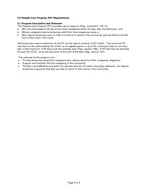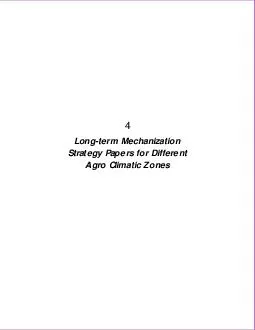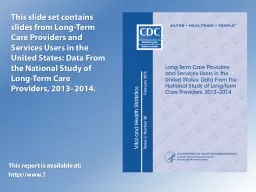PDF-Page of Ministry of Health and LongTerm Care LongTerm Care Home Policy Policy Policy
Author : test | Published Date : 2015-03-10
0 Introduction and Definitions The shortstay program provides flex ibility to the longterm care homes LTCH sector to meet the needs of diverse resident populations
Presentation Embed Code
Download Presentation
Download Presentation The PPT/PDF document "Page of Ministry of Health and LongTer..." is the property of its rightful owner. Permission is granted to download and print the materials on this website for personal, non-commercial use only, and to display it on your personal computer provided you do not modify the materials and that you retain all copyright notices contained in the materials. By downloading content from our website, you accept the terms of this agreement.
Page of Ministry of Health and LongTerm Care LongTerm Care Home Policy Policy Policy: Transcript
Download Rules Of Document
"Page of Ministry of Health and LongTerm Care LongTerm Care Home Policy Policy Policy"The content belongs to its owner. You may download and print it for personal use, without modification, and keep all copyright notices. By downloading, you agree to these terms.
Related Documents














